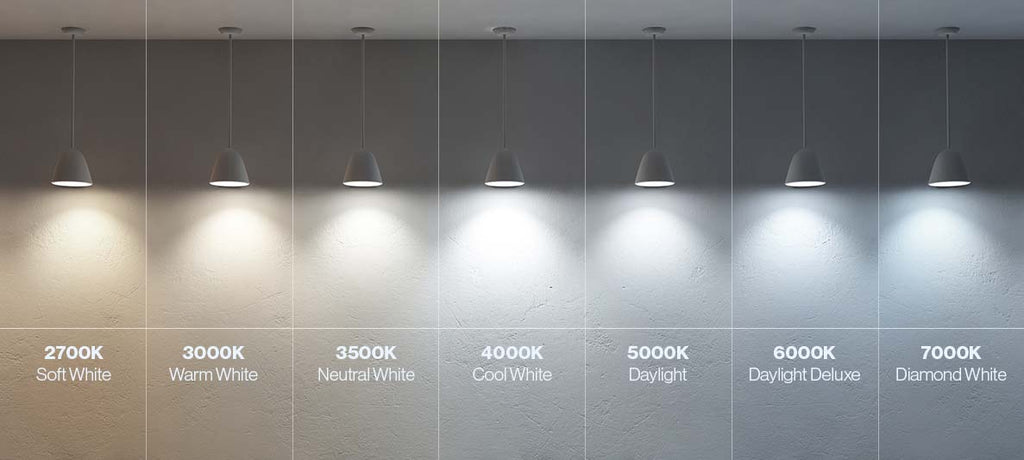Is Your Home Electrical System Ready for a Brownout?
As the heat continues to roll in, many cities across the country recognize the spike in energy usage that comes with running air conditioning, fans, and freezers. The problem is that power grids can only handle so much, and Summer is prime time for when you might hear about scheduled “brownouts” to conserve energy.
A brownout is usually done intentionally by a power company to help prevent a total blackout, which is when the power suddenly goes out over a wide area.
What Causes a Brownout?

A brownout typically occurs when demand for energy is too high for the utility company’s production capacity, and it needs a break. An example of this would be when there are too many air conditioners turned on at full volume during a blisteringly hot day. Drought can also be a factor in brownouts as lower reserve water can put hydroelectric power stations to the test.
Brownouts are usually intentional, though some can occur suddenly and without warning, caused by excessive electricity demand, severe weather events, or a malfunction or error affecting electrical grid control or monitoring systems.
What Happens During a Brownout?
Brownouts can cause damage to insulation and in some cases can cause unexpected electronic failure in the future. A sustained brownout could cause damage to electronic motors that are in everyday appliances, including washing machines, dryers, fans, air conditioners, refrigerators, and freezers.
Unlike a blackout, during a brownout there can still be active power in each home, but it will be at a lower voltage so that full power can be restored once the provider can meet demand again. The term brownout comes from the color of a dim incandescent light bulb, which would typically be the only power still going to a home during these events.
A brownout may occur for a few minutes or several hours or more than one day in a row. Regardless of their duration, they can be detrimental to the health of your electrical system.

How You Can Prepare for a Brownout
It’s always a good idea for homeowners to be prepared for all kinds of emergencies to keep themselves, their family, and their property as safe as possible. While there can be some planning with brownouts, this is only possible when your city or township shares its brownout schedule. Otherwise, it’s lights out (literally).
Several steps can be taken to protect your home and electronic devices from damage during a brownout. The first thing you should do is to unplug all of your devices as soon as you determine that a brownout is occurring. This can prevent them from experiencing the inconsistent flow of electrical currents, which in turn, damages the electronics.

Another thing to consider is that your current overuse of power may be the cause of the brownout, so try to reduce power consumption as quickly and as much as possible. One of the best preventative steps that could be taken to protect your devices before and after the brownout is installing a power strip. Power strips can protect your devices from the currents that surge after the brownout has ended. Another alternative is to get a whole-home surge protector installed, which detects any excess currents running through your home and diverts them through a grounding path.
More Useful Tips:
Write down or print out all of your emergency phone numbers, including the number of your power company to stay safe during a brown out. That way you can verify if you are experiencing a brownout and what the schedule for it might be. You can even connect with your utility company well before a brownout to find out if you are on an alert list for a text or phone call in the event of a brownout or blackout.
You can also reduce home damage by having a smart thermostat and other smart devices professionally installed so that you can control energy use and costs. These devices can communicate with your power company so they can monitor energy usage and make recommendations to help you avoid overusing your power.

Many companies recommend spreading out your power use. For example, if you have an electric vehicle, consider charging it overnight rather than in the middle of the day when air conditioning use is likely to be at its peak.
At Risk Power Grids
You may live in a small town with a well-maintained power grid and never have a need for this kind of advice, but it’s better to be safe than sorry. Evidence of failure fills the headlines, often with considerable consequence. The 2021 cold snap in Texas led to widespread blackouts and the death of 250 people. California has regularly asked utility customers to tolerate rolling brownouts and blackouts.

Just this past Christmas season unusually cold weather across the country prompted utilities from Massachusetts and New York to the Midwest and the south to beg their customers to turn down their thermostats and delay their use of appliances. Millions lost power in North Carolina and Tennessee. A Wall Street Journal study even indicates that incidences of prolonged blackouts have doubled since 2013.
It’s wise to create an emergency supply kit that is updated annually with items that will not require power such as flashlights, a battery-operated fan, fresh batteries, candles, matches, potable water, canned goods, and your phone contact list. This might feel “doomsday preppy” but you never know what might happen.
Do your research ahead of time to make these changes so that a brownout does not damage your treasured possessions or create costly issues to deal with in the aftermath.


